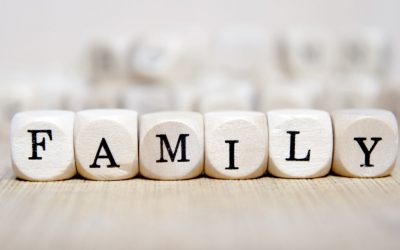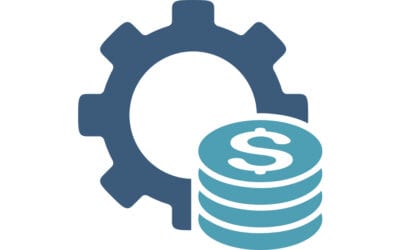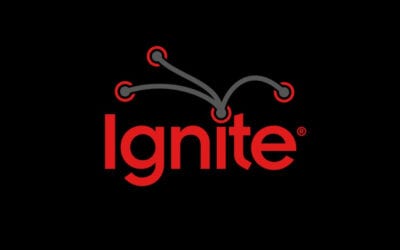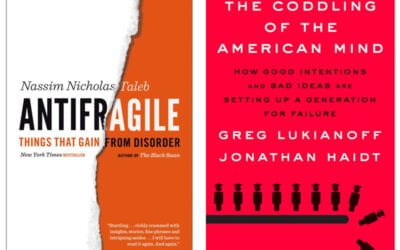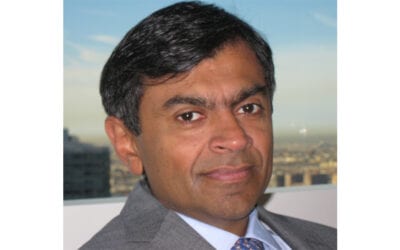In a recent FFI Practitioner article, I explain how the “MLF Ratio” helps distinguish truly family-focused from typical single family offices.
For Advisors & Trustees
Podcast: What Distinguishes a Family-Focused Office?
In a recent podcast interview, I dive into the practicalities of what makes a family-focused office different from many family offices? Ruth Steverlynck and I explore human capital development, opportunity versus obligation, and the role of fear in family enterprise.
The Most Important Financial Stewardship Graph
Is this the best single graph available to track a family’s stewardship of its financial capital? You decide.
How would you know whether someone has (fully? sufficiently?) integrated financial wealth in a healthy way?
What are the stages of integrating financial capital into one’s life? How do you know if someone has done so successfully?
Creating a 5- to 10-Year, Five Capitals Family Learning Curriculum
What is a family learning curriculum? How should it be structured? And how can it address human capital, learning capital, social capital, legacy capital, and financial capital?
Family Ignite Talks
For a family meeting or other family gathering, the Ignite format is a great way to get everyone participating, share war stories and knowledge, connect, and have some fun.
Iatrogenics, Naive Intervention, Coddling, Safetyism, & the Family Office: “First, do no harm”
Are the interventions you’re making, the support and education you’re offering, the forms of assistance to the family that you’re providing, examples of iatrogenics–harm more than help, treatments in which the healer (unintentionally) causes more damage than good?
Ashvin Chhabra on Goal-Based or Aspirational Investing
In my ongoing investigation of dynamic preservation, some exploration of Ashvin Chhabra’s work seems to be in order …
Using Kumu to Create a Dynamic Family Enterprise System Map
This post walks through an example of mapping family members, family organizations, trusts, service providers, and key family investment holdings using Kumu. While dynamic family enterprise system maps may not replace the classic genogram, they should become as common.

